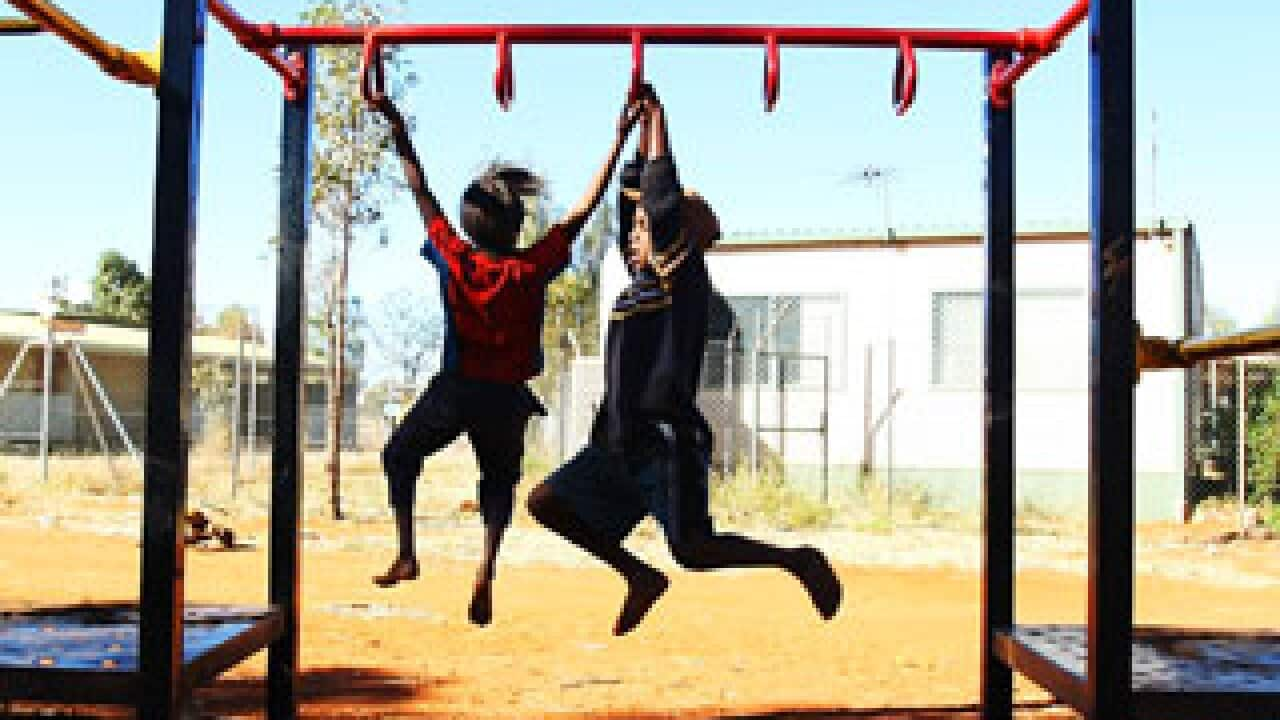Some of the most remote schools in the Kimberley region will be the first to take part in the 'Kimberley Schools Project' a new education program starting at the beginning of the 2018 school year, aimed at encouraging students to attend school regularly.
“This project is critical to giving Aboriginal students the skills they need to have real choices in the 21st century,” Regional Development Minister Alannah Mac Tiernan said in a statement.
"Northern WA will not meet its full potential unless Indigenous communities are woven into the economic landscape and this program will help make that possible,” he continued.
The new initiative is set to focus on targeted teaching to students' specific needs in literacy and numeracy, providing improved learning and care in the early years of education. The hope is to strengthen regular school attendance and increase student and community engagement in remote communities.
"This project will focus on giving children the best possible start to school - which will not only help shape their success throughout their education but will have positive impacts on all areas of their life,” the Education and Training Minister, Sue Ellery said.
Last year's Closing the Gap report found that nationally the rate of Indigenous students attending school was 83.4 per cent compared to non- Indigenous student's national rate of 93.1 per cent. In remote areas, school attendance rates are significantly lower than inner regional areas. In 2016, remote areas had a national rate of 66.4 per cent compared to 86.9 per cent in inner regional areas. The statistics are particularly concerning when it comes to the Kimberly region, where more than 60 per cent of the school population is comprised of Aboriginal and Torres Strait Islander students.
According to Mission Australia, school attendance rates can be affected by a number of factors, housing, health care, mental health issues, family violence and intergenerational unemployment.
The Kimberley School Project will have a specially developed curriculum and it will be made available to all types of schools — public, independent and Catholic.
The West Australian government says the program will be rolled out in stages; with at least 22 schools expected to implement it by the end of 2020.












